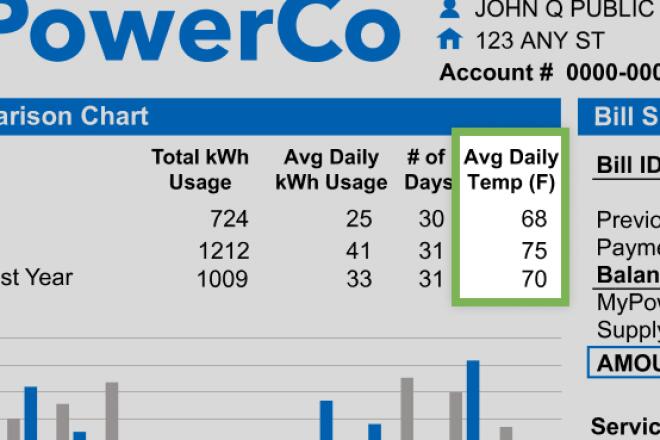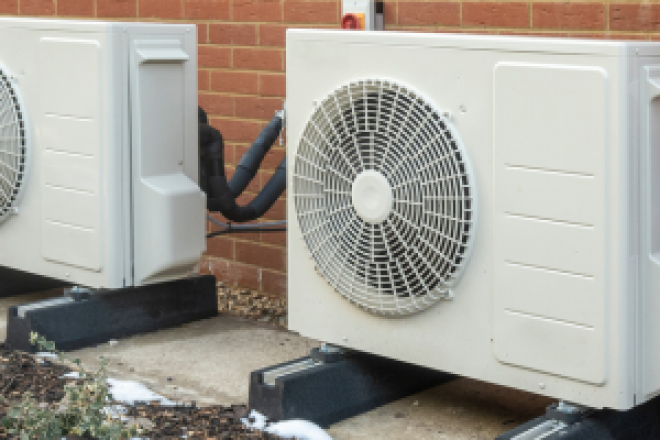7 Smart Energy Tips for Fall
After one of the hottest summers on record, temperatures are now beginning to cool off in many parts of the country as we approach Labor Day, the unofficial end of summer.
A brief respite between the sweltering heat of the summer and frigid cold of the winter, autumn is an ideal time to make energy-efficient improvements and other energy-related changes around your home.
Let’s look at seven steps you can take to be a smarter energy consumer this fall:
1. Stop air leaks with weatherstrips, caulk and insulation.
If your home has air leaks around doors and windows or in the attic, you’re likely wasting a lot of the heat or cold produced by your HVAC system. Fall is the ideal time to fix these leaks before the coldest weather of the year arrives.
Caulking and weather-stripping are two easy ways to seal leaks. Use caulk for cracks around stationary features and weatherstripping for components that move, like doors and windows. These simple DIY tasks may be able to save you up to 20 percent on your heating bills. When temperatures drop, having proper insulation is also crucial. If you haven’t had an expert check your insulation in recent years, it may be a good time for a home energy assessment.
2. Maintain your heating system before the coldest weather arrives.
Before the coldest weather hits your area, it’s a good idea to schedule a tune up of your heating system. Heating is a large part of your home’s energy usage, and an HVAC technician can make sure your system is in good working order for the cold ahead. This maintenance helps prevent breakdowns and maximizes energy efficiency.
There are also easy steps that you can take without a technician. For example, you can replace your home’s air filters. A clogged filter will cause your HVAC fan to work harder, leading to energy waste. You can also check for leaks in your air ducts. While your system is running, feel along the ductwork in your basement and attic. You can patch a small leak with aluminum tape, but, if you notice something larger, you may want to call a technician.
3. Purchase some smart plugs or outlets to make existing appliances smart.
Smart home technologies can be a great way to save energy at home while adding some needed convenience to your life. If you haven’t dipped your toes in these waters yet, smart plugs (or smart outlets or power strips) are a great place to start. These devices are relatively inexpensive, have numerous uses beyond energy efficiency and give smart capabilities to your existing, “dumb” home appliances.
With smart outlets or plugs, you can easily set a schedule for when your appliance operates, use an app to control remotely, connect it to your smart speaker for voice commands and much more. You may also be able to see the electricity usage for the appliances plugged into the smart plug. If you’re looking for a quick entry to smart home devices, this is likely it.
4. Replace your old lightbulbs with energy-saving LEDs.
The standard lightbulb has come a long way over the past decade. Once a major source of energy use, lighting now only uses about a small fraction of total household electricity. This is due to the growth of LEDs, which use about 80 to 90 percent less energy and last 10 times longer than traditional incandescent bulbs. If your home still has old, inefficient incandescent bulbs, upgrading to LEDs is one of the best energy-saving actions you can take.
LED bulbs are relatively inexpensive today at around $10-12 for a four pack at big box retailers. With just one of these packs, you can make a noticeable dent in your overall electricity usage. If you’re not keen on spending the money to make the switch, some power companies even have free Energy Saving Kits with LED bulbs or offer rebates to help with the upgrade.
5. Change the direction of your fan to warm your home.
Did you know that you can change the direction of your ceiling fans? While everyone’s familiar with the cooling effect of fans during hot weather months, not everyone knows that they can also help keep your home comfortable – and costs down – during cold weather months.
Before cooler temperatures arrive to your area, make sure to switch your fan to run clockwise and turn it on its lowest speed. This will pull cooler air toward your ceiling, which will push down the warmer air that collects at the top of a room. According to the U.S. Department of Energy, you can save up to 15 percent on your energy bills with this little-known trick.
6. Purchase a smart thermostat at a discounted price.
Another great option for lowering your home’s electricity usage is a smart thermostat. And fortunately, many power companies today provide rebates on a full range of smart thermostats, including options from ecobee, Google Nest and Honeywell, making them much more affordable for the average consumer.
Smart thermostats offer many benefits and features, including learning the temperatures that you prefer and developing a schedule that automatically adjusts to optimal, energy-saving temperatures whether you are asleep, away or at home. On average, this automation can help save you between 10 to 15 percent on heating and cooling (depending on the size of your home and other factors).
7. Upgrade to a heat pump to efficiently heat and cool your home.
Finally, if your current HVAC system just isn’t cutting it anymore, it may be time to look at a more efficient replacement. Since heating and cooling your home accounts for about half of its electricity usage, improvements in this area will significantly reduce your energy bills. The heat pump is a long-favored technology of energy efficiency experts, and now is a great time to upgrade due to incentives included in the Inflation Reduction Act (IRA).
According to an analysis by the Rocky Mountain Institute, heat pumps are between 2.2 and 4.5 more efficient than even an ENERGY STAR-certified gas furnace, so installing one can help you significantly cut emissions from heating your home. And with the IRA, there are potentially up to $2,000 in tax credits and up to $8,000 in upfront discounts for switching (your incentives will depend on income level and other factors).
While you may just be eagerly anticipating a break from hot weather or the return of college football and pumpkin spice lattes, consider adding home energy improvements to your list of fall activities. You’ll start benefiting as soon as winter weather rolls in and for many years to come.
Looking for additional steps you can take to be more energy efficient around your home? Read our Ways to Save on Energy fact sheets here!



